Review: Surface Laptop 3, the best Surface you can buy
7 min. read
Updated on
Read our disclosure page to find out how can you help MSPoweruser sustain the editorial team Read more

Microsoft announced the Surface Laptop 3 back in October of 2019. The new Surface Laptop 3 replaces the last year’s Surface Laptop 2. The device is pretty solid and packs an impressive spec sheet with a new metallic design.
For the review, we used the Surface Laptop 3 with the Intel Core i5-1035G7 CPU along with Intel Iris Plus Graphics and 8GB LPDDR4 RAM. The device features the same 13.5-inch display with a resolution of 2,256 x 1,504. For storage, the device came with 256 GB SSD which can’t be replaced or upgraded.
Design
We are kicking things off with the design of Surface Laptop 3 which saw no major design changes when compared to the Surface Laptop 2. Microsoft, however, did add a new variant with a metallic body instead of Alcantara finish. This gives users more options and gives the same premium vibe as the other Surface products.
Moving on to the physical design, Surface Laptop 3 features the same traditional laptop design along with the Microsoft logo at the back. On the front, we have a 13.5-inch Pixel Sense display along with the front speakers and the Windows Hello sensors coupled with the front camera. The display is sharp and is bright even in the direct sunlight.
Moving on to the keyboard, it looks the same as Surface Laptop 2. I don’t think Microsoft has made any changes to the keyboard and touchpad. The typing experience is absolutely amazing and gives a tactile feel. Microsoft has also added a big touchpad which comes with Windows Precision drivers and is accurate. The touchpad, however, lacks the individual left and right buttons which might be a turn off for some.
One thing that impressed me was the new microphones. Microsoft said on stage that the company has added studio microphone and boy are they awesome.
I/O Ports
Unfortunately, there isn’t much to talk about in the I/O department. However, Microsoft did add a USB-C port instead of display port which is a welcomed addition, but they forgot to add support for Thunderbolt. The USB Type-C port does support charging, but it’s slower compared to the Surface Charger which uses Surface connect port. Apart from that, Microsoft has also included a USB-A port which is great for connecting accessories. Moreover, the Surface Laptop 3 also has a 3.5mm headphone jack which is great for content consumption.
We tried using a USB-C power bank to charge Laptop 3 but it didn’t work because you would require a dedicated PD power bank that could push much more power than normal ones used with smartphones and other electronics.
Performance
The new Surface Laptop 3 is powered by Intel’s latest 10-gen processors and are coupled with LPDDR4 RAM for better performance. While the performance boost is not impressive when compared to the Laptop 2, it still feels better especially when you have multiple apps open. The ink and pen support is great and the device pairs up with the Surface Pen.
The laptop can easily handle your day to day tasks like using Microsoft Office, Emails and even some Photoshop. Microsoft’s new studio microphones are also worth the praise. They made me ditch my headphones during Skype calls and the voice was crisp without any interference. The front speakers are also loud enough to clearly hear the other person without any problems. The device also supports Windows Hello and the experience is smooth. After the initial setup, Windows Hello worked for me every time and even worked in a dark room. Another nifty feature included with the new Surface lineup is Instant On. This allows Surface to wake up from sleep in an instant and it worked perfectly. And as you might have guessed, as soon as the display is turned on, Windows Hello also starts up making the wake-up and sign-in process a breeze.
While I personally expected Surface Laptop 3 to handle the day-to-day tasks, what I didn’t expect was the impressive gaming performance. Surface Laptop 3 comes with Intel’s Iris Plus GPU which is not even close to the dedicated GPU offerings from Nvidia or AMD. However, it can easily handle light gaming. We were able to run Halo: Reach and CounterStrike: Global Offensive at a constant 50 fps without any visible stutter or lag. Not only that, the device even managed to run Fortnite at medium settings without any problems.
Moving on to another area where the Surface Laptop 3 aced- thermal performance. The device does get a bit loud when gaming but it’s quiet as a mouse while doing things like Emails or writing documents. Even though the device remains quiet for the most part, it doesn’t heat up to a point where you can’t use it. We tried to push it to the maximum by running Halo: Reach immediately after completing a stress test and the most we recorded with 82°C on the CPU and 76°C on the GPU. During the normal workloads, the CPU averages around 50°C and the GPU averages around 48°C. One thing to note here is that we performed all our testing at an ambient room temperature of 24°C. Your mileage may vary depending on the external environmental conditions.
Lastly, we ran PCMark Extended to load the device and see how well it performs under a full load. To our surprise, it managed to score a respectable 3147.
Battery Life
Microsoft Surface Laptop 3 does offer decent battery life but it’s not impressive compared to the different options available from the manufacturers. In our battery benchmark test, the battery lasted for 7 hours 29 minutes. However, the number drops to 6 hours 30 minutes when we tested the battery while using the device. Do note that the time included 3 hours of YouTube in full screen with full brightness and 3 hours of usage under normal workload (we used Microsoft Edge, Google Chrome and Microsoft Office to simulate normal workload).
Unfortunately, this is less than the 7 hours I get on average while using the Surface Laptop 2. This, however, can change as Microsoft will release multiple patches and firmware updates to optimize the software for Surface Laptop 3.
Microsoft also talked about the improved charging speed and claimed that the new Surface devices can reach 80% in 1 hour. We put the theory to test and while using the device, the battery went from 4% to 68% in an hour. However, this changed when we put the device to sleep at 2% and let it charge for an hour. In this case, the battery went to 78% in an hour which is pretty good.
Verdict
So should you get the Surface Laptop 3? The short answer is well it depends. Don’t get me wrong, Microsoft did a fabulous job with Surface Laptop 3. The design is perfect, and the software is snappy. To Microsoft’s credit, the device doesn’t come with any bloatware or unwanted apps (as long as you don’t count Candy Crush). However, Microsoft did get a few things wrong as well. While I loved the design and the feel of Surface Laptop 3, it carries over the same design as Surface Laptop 2. They didn’t even have to look far away. The Surface Pro X is a perfect example of what Microsoft should have done with the Surface Laptop 3. A slimmer design and thinner bezels would have made it look like a flagship product of 2019.
That being said, if you’re a kind of person who likes the premium metallic finish and wants a fast-thin laptop then Surface Laptop 3 is perfect for you. The Surface Laptop 3 is definitely not cheap but it’s not overpriced as well, for the things it offers. I hope Microsoft considers going for thinner bezels which is the only thing I didn’t like about the design of the device.
Buy Surface Laptop 3 from the Microsoft Store here.
If you’re looking for a 2-in-1 then check out our review of the Surface Pro 7.










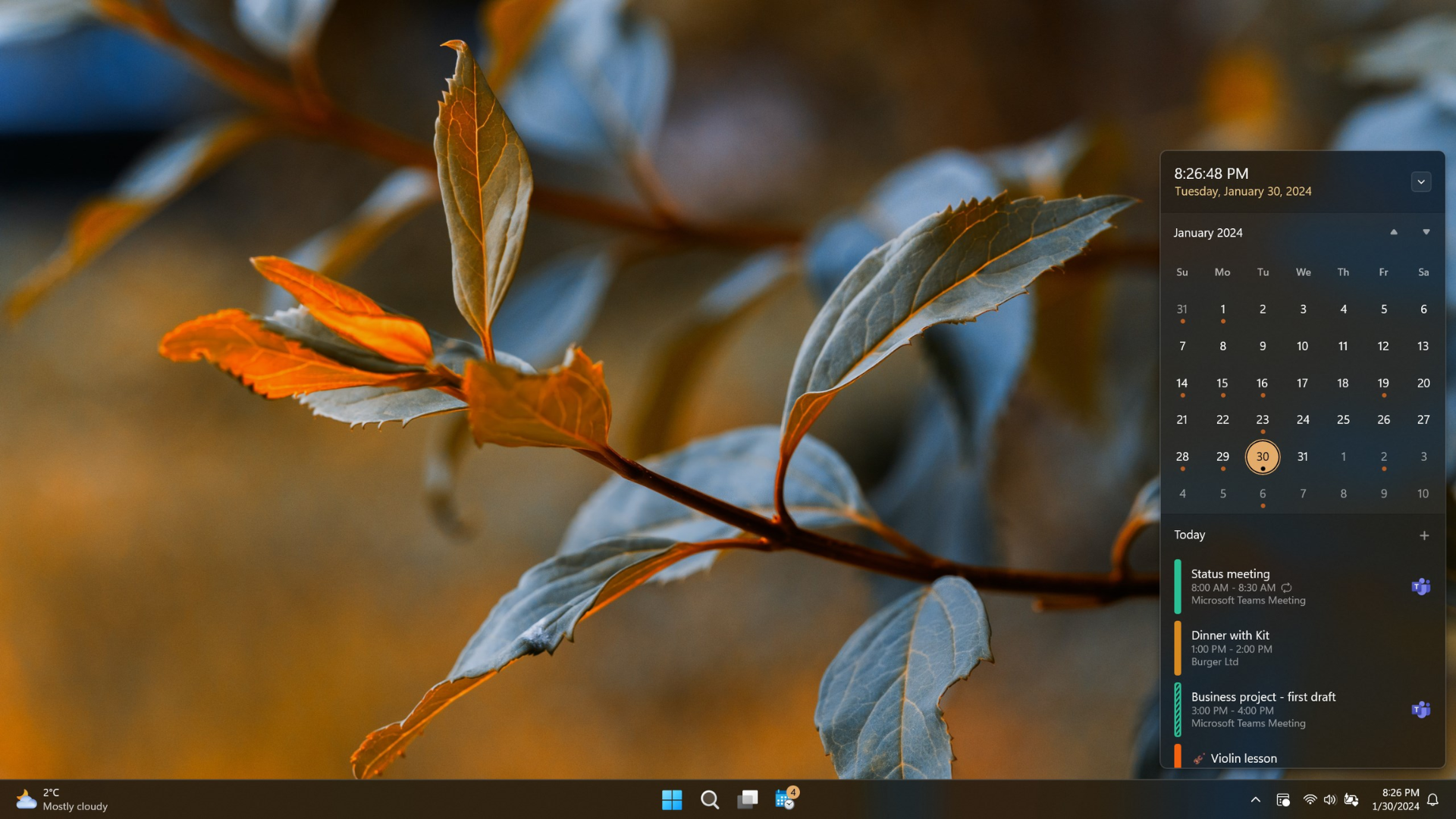


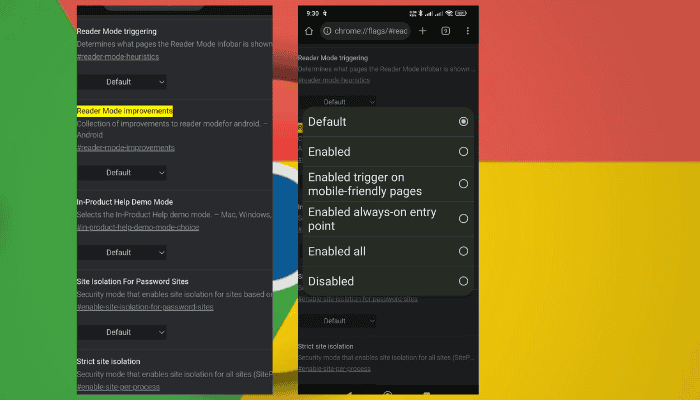

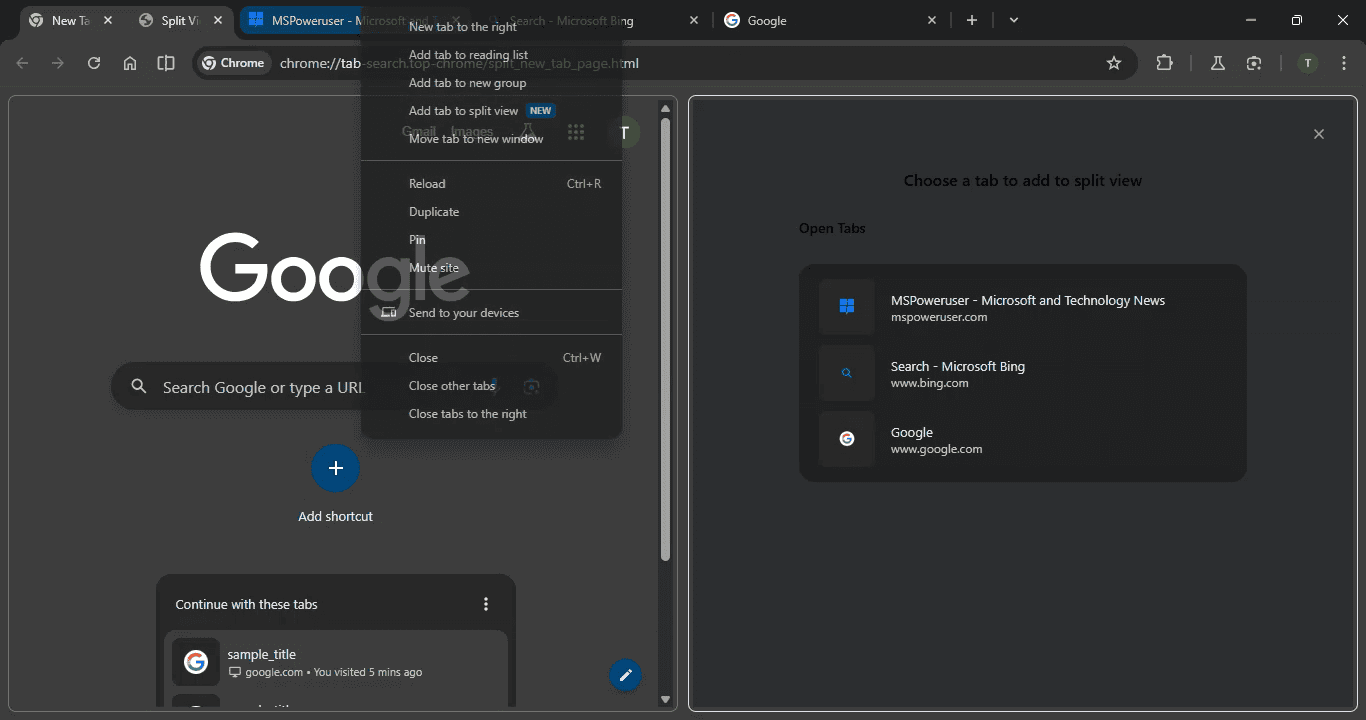
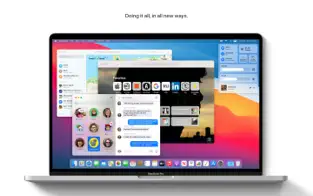
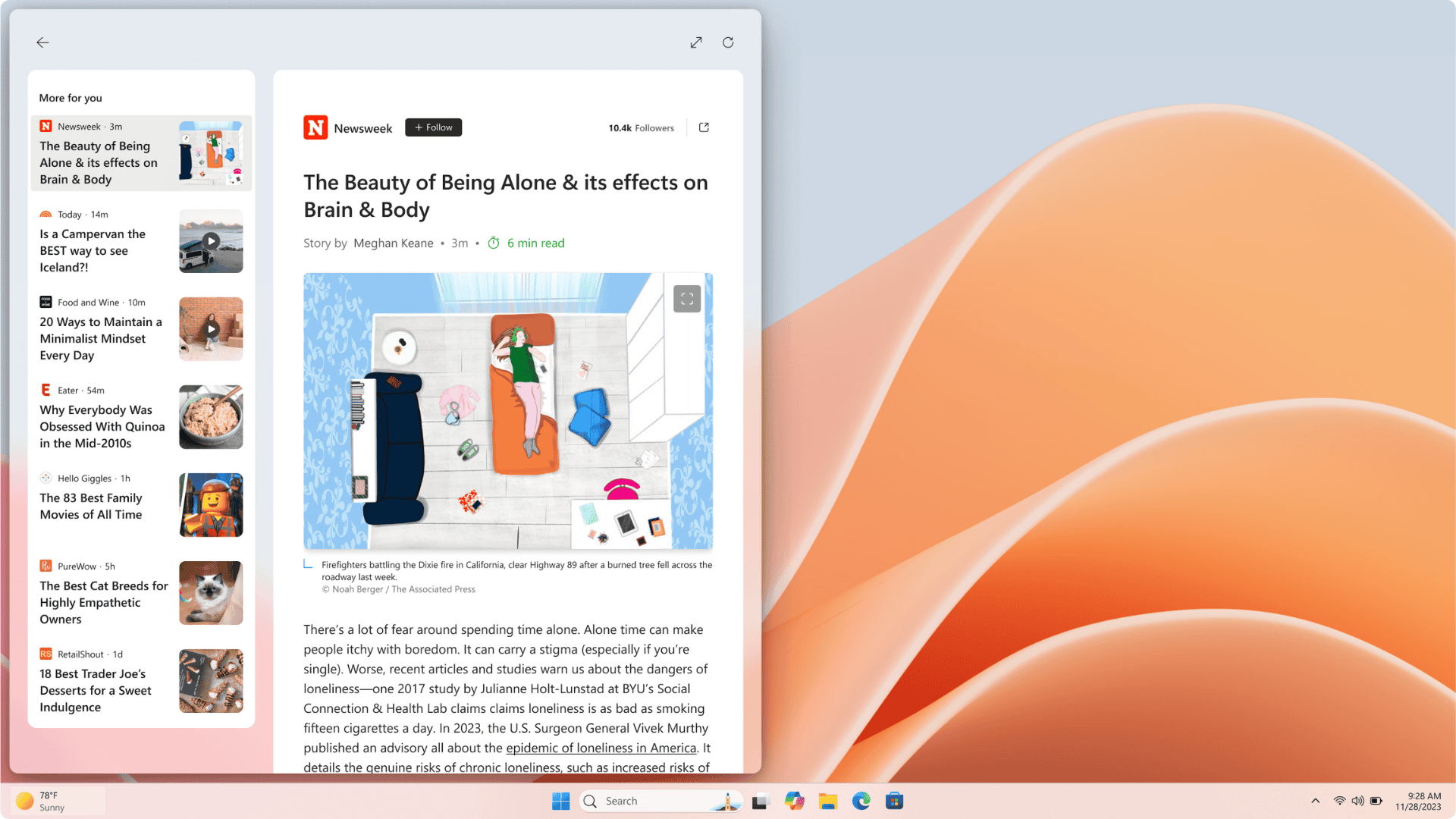
User forum
0 messages